American shooter Jim Chapman lists five things to consider in a hunting bullpup, and explains why he thinks these compact air rifle are great for hunting!
I am frequently asked what I look for in a hunting rifle. There are the non-negotiable requirements of accuracy, appropriate power, reliability, and ergonomics, but there is also a second level of attributes that could be considered key preferences, such as sound suppression, adjustability, and compactness. As a matter of fact, the latter is so important that it almost reaches the level of a baseline requirement. This ‘quasi-requirement’ of compactness can be achieved using carbines, semi-bullpups, or the focus of my article this month – bullpups.
Another question that often comes my way is, ‘Do I think bullpups make good hunting guns?’ Bullpups were an acquired taste for me because my preference runs toward traditional hardwood sporter stocks with a carbine-length barrel. In many ways, bullpups are the polar opposite of this aesthetic, but there is a good reason the design has become so prevalent – it works!
In the most basic terms, a bullpup is defined as an airgun with an action located behind the trigger instead of in front of it. This allows a full-length barrel, as opposed to a carbine-length barrel, to be used whilst the overall length of the gun remains compact. Many bullpup airguns use a similar one-piece stock design, often a thumbhole stock with a pistol grip. More recently, there have been a number of new guns released to market with an air tank up front that serves the dual purpose of onboard air storage and the guns fore stock.
With the action moved behind the trigger, in many of the earlier designs the loading port and the cocking mechanism were also positioned toward the butt stock. However, most modern designs have moved the cocking mechanism into a more standard position further forward. This makes loading and cycling the bullpup much faster and easier to accomplish.
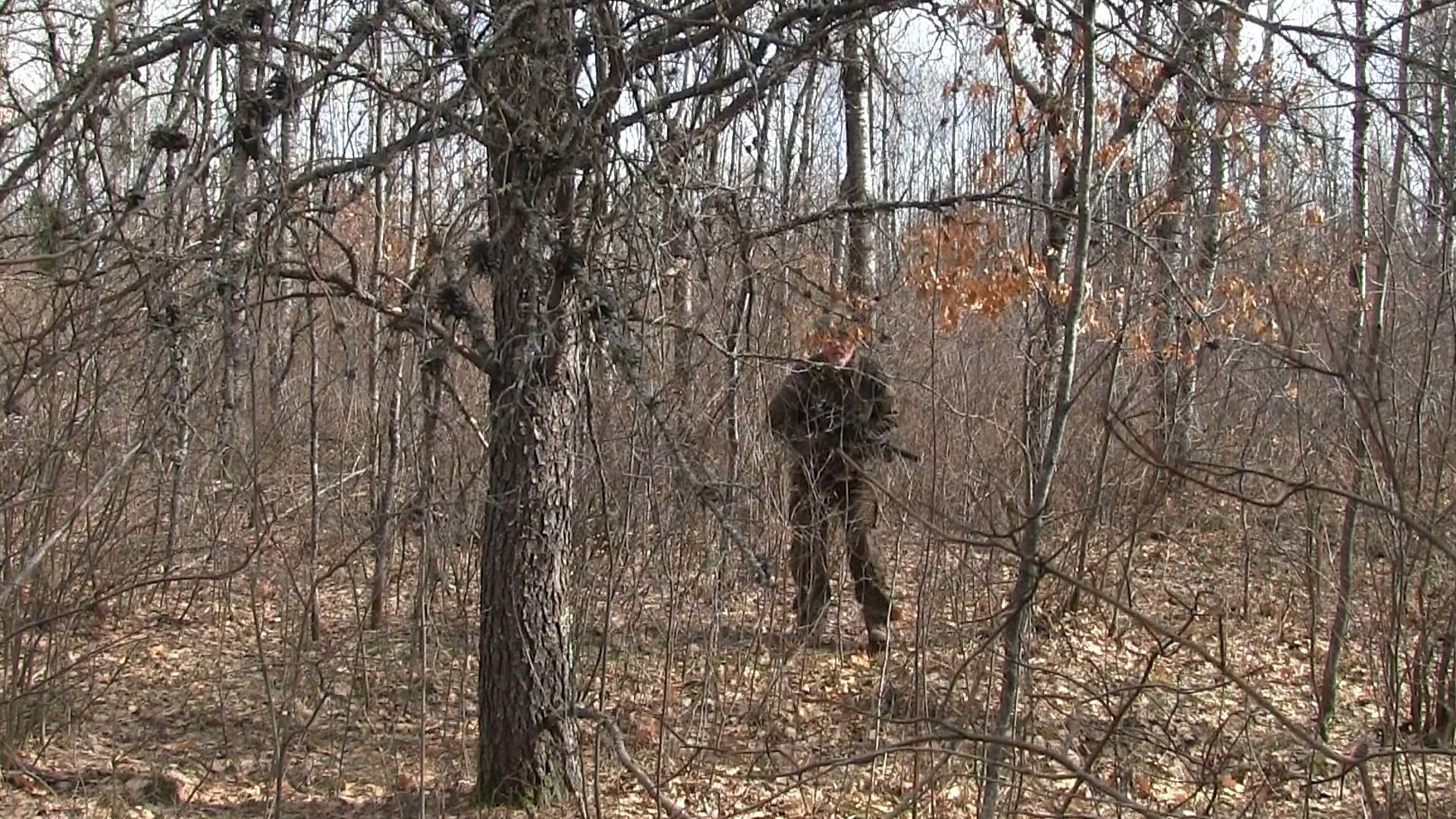 credit: Archant
credit: Archant
1) A compact rifle with good weight distribution
In my experience, there are a few advantages with the bullpup design in a hunting application. The bullpup is invariably more compact than even a carbine, but can still implement a full-length rifle barrel and large air storage. This may or may not result in a lighter gun, but my experience has been that even with a heavier bullpup, the weight is distributed so that it tucks into the shooters centre of gravity, providing a stable hold for offhand shooting.
Another significant advantage is that the shorter overall length of the bullpup is more manoeuvrable in confined spaces and this might be shooting from inside a vehicle, a blind, or when moving through very thick brush. These guns are also much easier to travel with, which is important to me when heading out on the road. There is often a need to travel by air and to check multiple guns with my baggage, and I can pack a bullpup into a much smaller hard-case, or even pack two or more bullpups into a standard sized case.
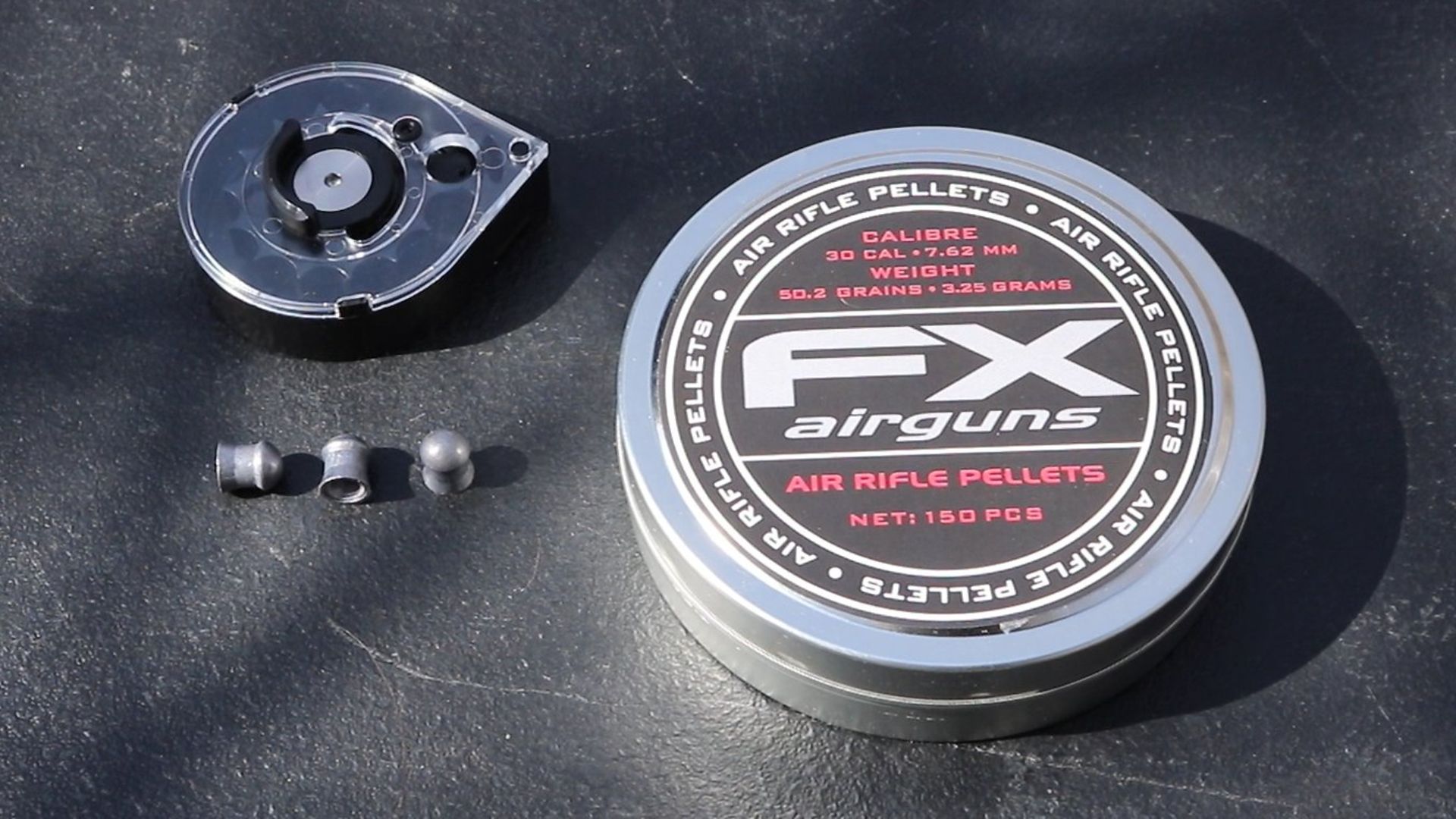 credit: Archant
credit: Archant
2) Recommended calibres for hunting bullpups
The disadvantages associated with PCP bullpups are that depending on the design, the cheek-weld might be uncomfortable and the line of sight suboptimal, but most of the current models have addressed these ergonomic issues. It was also a common perception that the triggers on bullpups were pretty sloppy, with a lot of creep and overtravel related to the linkage components used between the trigger and the repositioned action. This has been addressed in most modern gun designs, and the triggers are often on a par with, or may even exceed, those of full-sized rifles.
My calibre preference for bullpups used to hunt small game is .25 or .30 calibre, applying the same rationale I’ve mentioned for hunting rifles in the past. In a high-power gun, these larger calibres are fairly flat shooting, hit like a sledgehammer, can be exceedingly accurate, and the projectiles carry well for longer range shooting. Since the bullpup uses a full-length barrel and often has a high volume air storage, their efficiency and performance with a larger calibre is comparable to a full-sized rifle.
There are several ways to carry a bullpup in the field. One can use a standard rifle sling with a swivel mount in the stock and attached to either the fore stock-mounted swivel, or via a bottle-band up front. I have also found that the three-point slings developed for tactical firearms can work well on many bullpup configurations. The standard sling is more comfortable to carry over longer distances, but the three-point systems deploy faster.
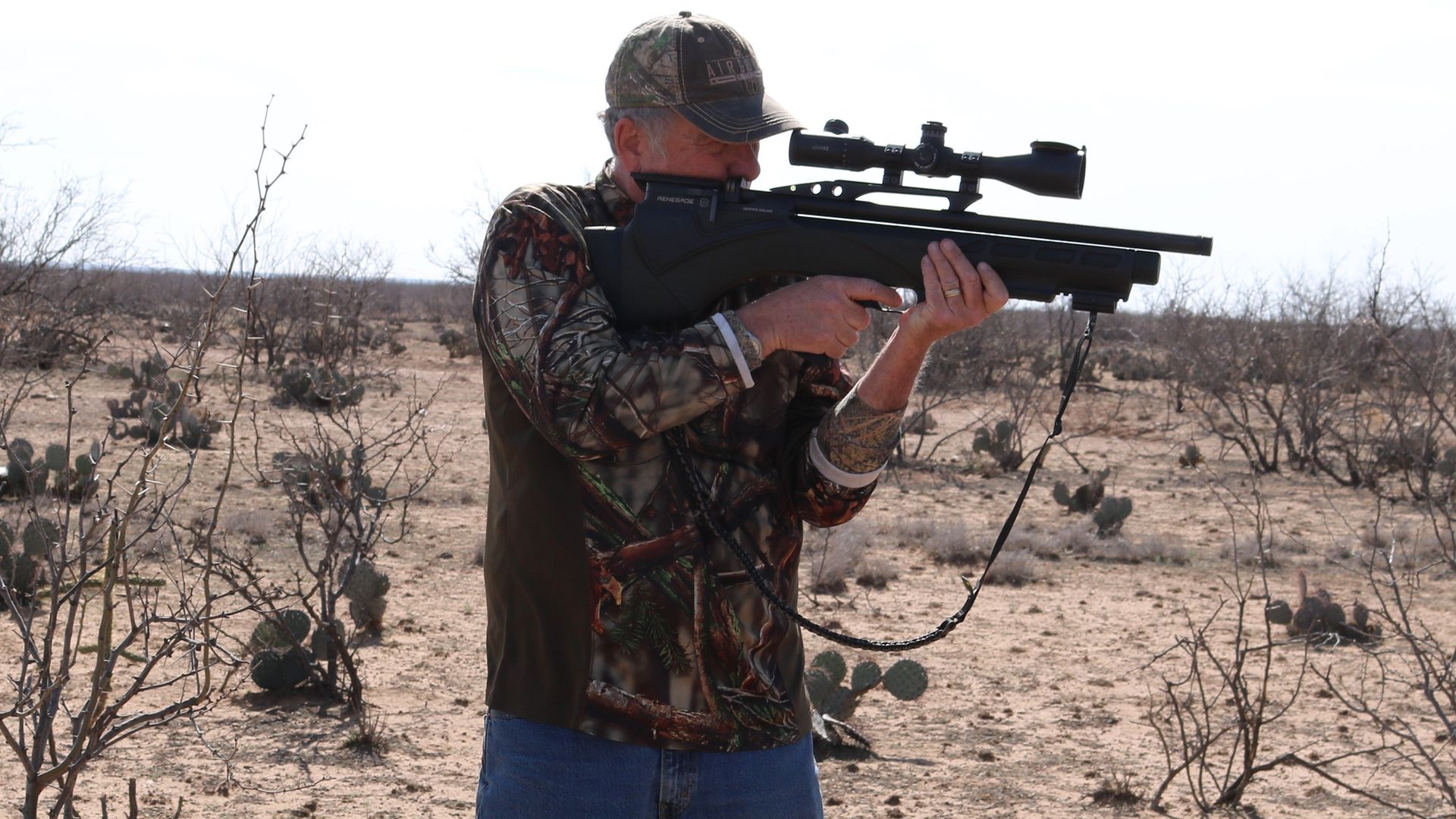 credit: Archant
credit: Archant
3) Compact optics often work better on bullpups
The scopes and other optics I use on my hunting bullpups are diverse, although I gravitate toward more compact optics. I have a hard time justifying a large, heavy, high-power scope on an otherwise compact gun, unless long-range shooting is the order of the day; when shooting prairie dogs, for instance, magnification greater than 9x is not that useful. On the other hand, most (although not all) higher magnification scopes tend to be quite large. In most settings, this higher magnification is not worth the inconvenience of a larger and heavier scope.
There are several new bullpups in my personal collection these days. I have often said that the FX Wildcat is my all-time favourite bullpup, even though it is also one of the largest, but there are several new bullpups hitting the market, and I’ll share some of the newer models I’ve been using.
The first of these is the RTI Prophet .30 calibre that I took receipt of last year. RTI is a company based in Slovenia that has been manufacturing some really interesting guns over the last few years. The Prophet is a regulated PCP that has dual pressure gauges, one that monitors the fill pressure for the HPA tank, and a second for the regulator pressure which is adjustable between 80 and 200 bar. This pressure represents the volume in the Prophet’s large 57cc plenum, a major factor in the power generated by this bullpup.
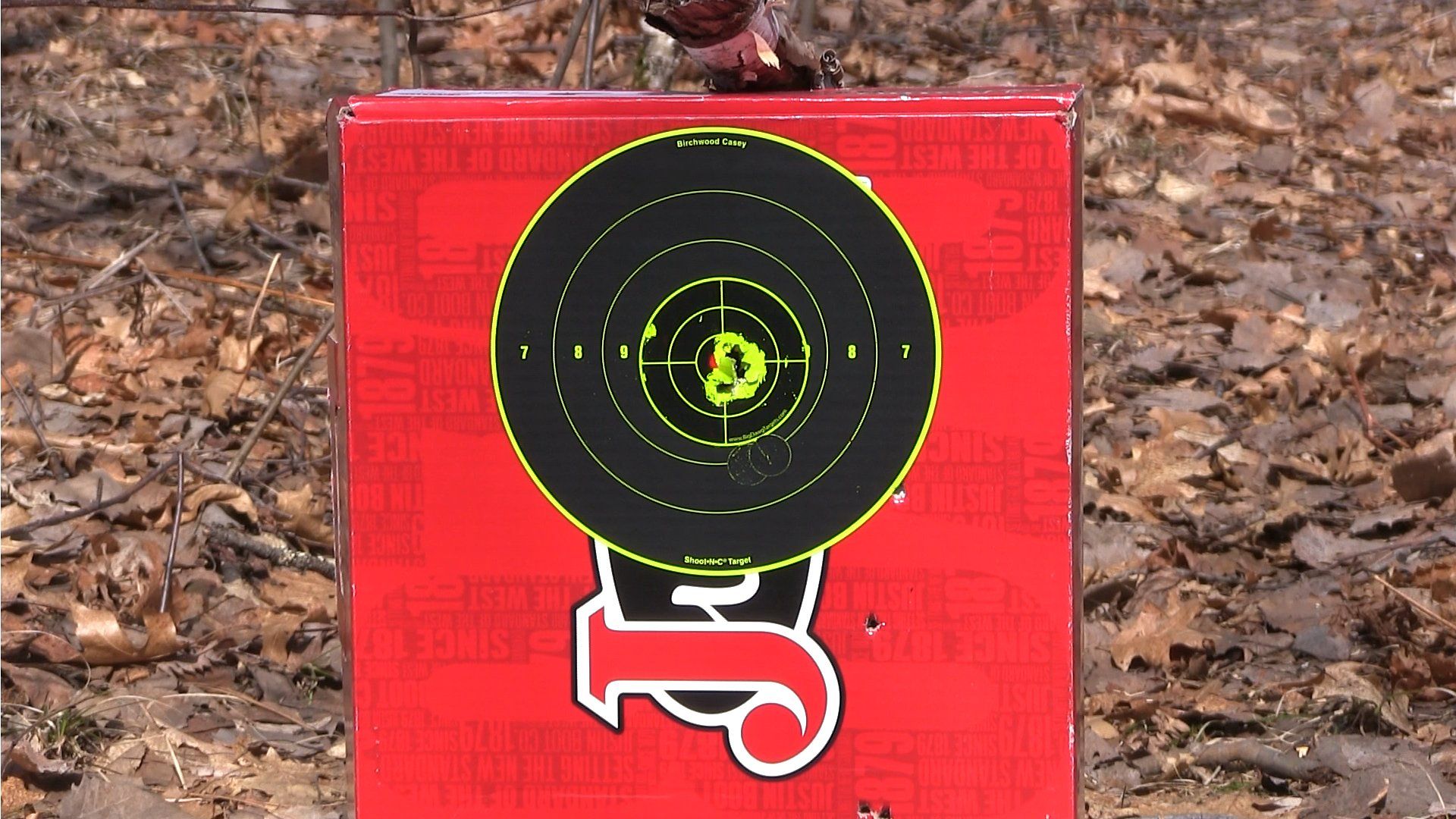 credit: Archant
credit: Archant
4) A custom-built barrel improves accuracy
The barrels are custom built for RTI by premier manufacturers – my .30 calibre Prophet uses a Lothar Walther barrel. Along with the adjustable two-stage trigger, this gun is exceptionally accurate. I have carried it on several hunts in recent months and have been impressed by its accuracy and reliability. I also appreciate that the 500cc carbon-fibre tank, with a maximum fill pressure of 300 bar, can keep me shooting in target-rich areas without needing a trip back to the 4-wheeler for a refill every couple hours.
The Brocock Ranger is one of the more compact of the guns I’ve been using, it has an overall length of under 15” with the stock folded! This little bullpup is accurate, moderately powerful, quiet, and the smooth sidelever action results in a fast-cycling gun. This is becoming my go-to-gun to pack for long hikes, or to load into my kayak for overnight camping trips. In many of the areas I visit it is legal to hunt from a boat, so long as the vessel is non-motorised.
The Nebraska squirrel season opens in August, while it is still warm enough to be on the water. I’ve located a lake dotted with small, wooded islands that can only be accessed by kayak or canoe. The design of the Ranger will be ideal for this trip, easy to store in a tightly packed boat, easy to manoeuvre whilst tucked into the cockpit, and easy to poke through the heavy wetland vegetation.
The last example in my bullpup triumvirate is the .30 calibre FX Maverick, which is based on a new platform from FX Airguns, it is designed for use with heavier pellets and slugs. The Maverick incorporates a large power plenum that is further optimised using dual regulators. The first regulator reduces the pressure in preparation for the second regulator, yielding a more constant output pressure with less shot-to-shot variation.
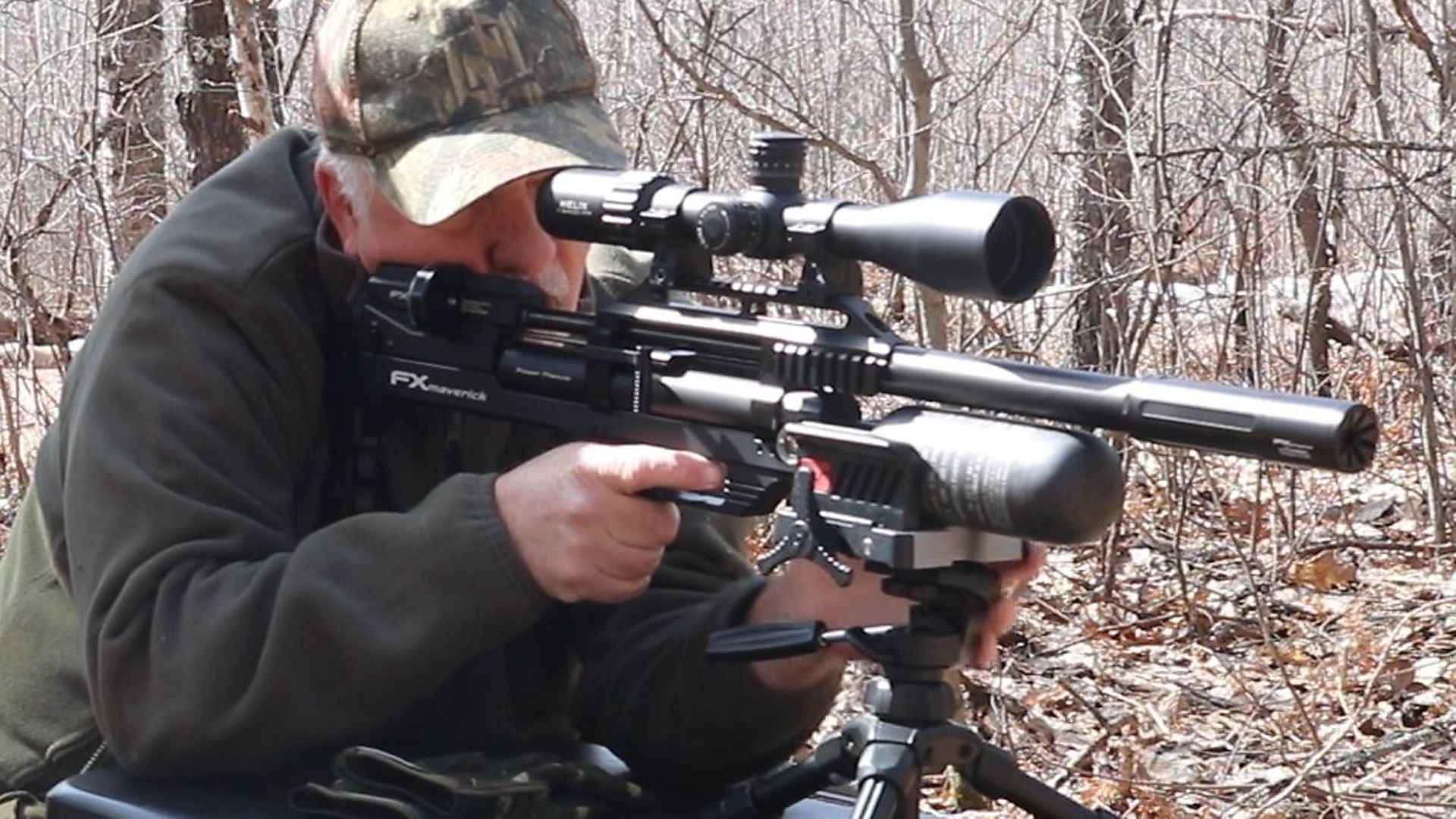 credit: Archant
credit: Archant
5) Other positive attributes of hunting bullpups
I’ve been hunting with the FX Hybrid slugs in several of my guns, and the Maverick has a barrel kit specifically design for these projectiles. The guns Smooth Twist X (STX) barrel/liner system leverages the dual regulators and hammer spring adjustments to provide dialled in performance for a specific pellet/slug and hunting application. I find that the Maverick carries well in the field and is easy to shoot off-hand or rested. In the northern woods, the undergrowth is often so thick that moving about and aiming with a full-size rifle can be difficult or even impossible.
So, to answer the question, ‘Do I think bullpups can make excellent hunting guns?’ – the answer is a resounding ‘Yes!’ They are compact and easy to move around with; in my opinion, they are easy to shoot offhand, they take little room to pack when space is at a premium, and some – but not all – are ergonomic and very shootable.
My initial reluctance to use bullpups was not so much related to any inherent shortcomings of the guns, but rather my own sense of aesthetics. I preferred to look like an Alaskan big-game hunter rather than a homeland security agent, but you can’t argue with results, and there are a lot of positive attributes of this design for hunters to consider. I still love my elegant Huntsman’s Classic styling, but find myself reaching for a bullpup more often than I would have ever imagined, based on ‘form following function’!